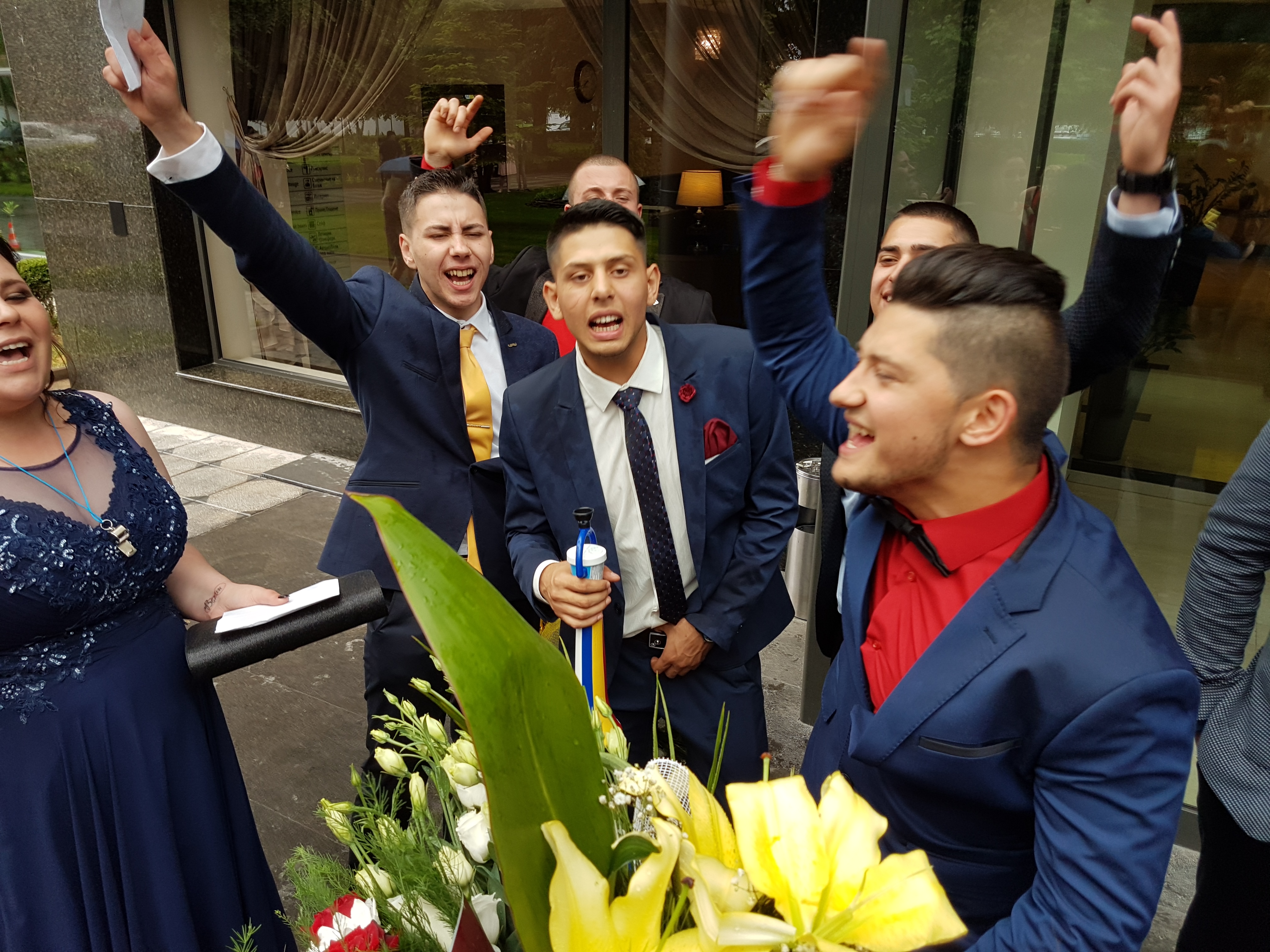2017, 4.05 mins (shot in Plovdiv, Bulgaria)
Note on 1…12! (above all for anthropologists)
The ethnographic fieldwork is usually just a place where the anthropologist collects data in order to produce an interpretation of the local culture organized in a text (written, video, etc) pointed to the academic world. In the last three decades anthropology criticized the concepts used in the line above – place, data, interpretation, text –, introduced other ones like dialogue, empathy, positionality, emplacement, sensescape and more, and thought on the role of the ethnographer’s body in the performance/experience of fieldwork. This performance/experience usually leads to different final results: representations in form of articles, books, ethnographic films, photo-reportages, etc.
“1…12!” is a particular final result of an ethnographic observation. It won’t be a traditional anthropological product, but an art-anthropology experiment. But why we need to add the word “art” to define this video? Because we yet distinguish art from ethnography, feeling from thinking, body from mind, finally science from art. At this time academic world is (about) ready to accept forms of art-anthropology, but not anthropology as art tout court.
In the case of “1…12!” filming and video editing have been the contexts of a no-words dialogue between two cultures, that of the ethnographer and that of the subjects. If shooting is a moment in which the ethnographer is busy to be tuned with the others’ actions, unable to stop his/her body for reflecting on what is happening, the video editing is the moment where ethnographer can reflect and collect his/her memories of sensations and other inputs coming from the local culture in the form of a dialogue with the filmed situation (the bodies of the subjects, the sounds, the ambient). Anyway, it doesn’t mean that filming is an irrational activity and editing is the rational one, or filming refers to body and editing to mind. We are used to think that body is related to movement and mind to stillness. If we are forced to use these dichotomies, the “rational” side of filming consists of choosing frames, movement of the body with the camera, turning on/off the camera, while the “irrational” side of editing lies in re-enacting movements, feelings and sensations experienced in the fieldwork.
In “1…12!” the rhythm of images and the music I created have been the most strategy to dialogue with the local culture to represent the empathyc relation between my body and the bodies of subjects, my culture and the local culture. Finally, “1-12!” is an extension of the fieldwork and the performance of a dialogue between the ethnographer and the subjects on the timeline of the editing software, from the ethnographer’s view of course.
There isn’t an interpretation of culture in “1…12!” meant as a work of mind. I don’t offer to the spectator an explanation on the reasons why young people perform this sort of rite of passage or on the cultural models embedded in it.
“1…12!” is a different type of interpretation performed in an interactional film, including body and mind, feeling and thinking.
I am aware that the issues faced in this short text would deserve more attention and words, but this is just a note in order to not confusing “1…12!” with a mere “ethnographic divertissement”.
